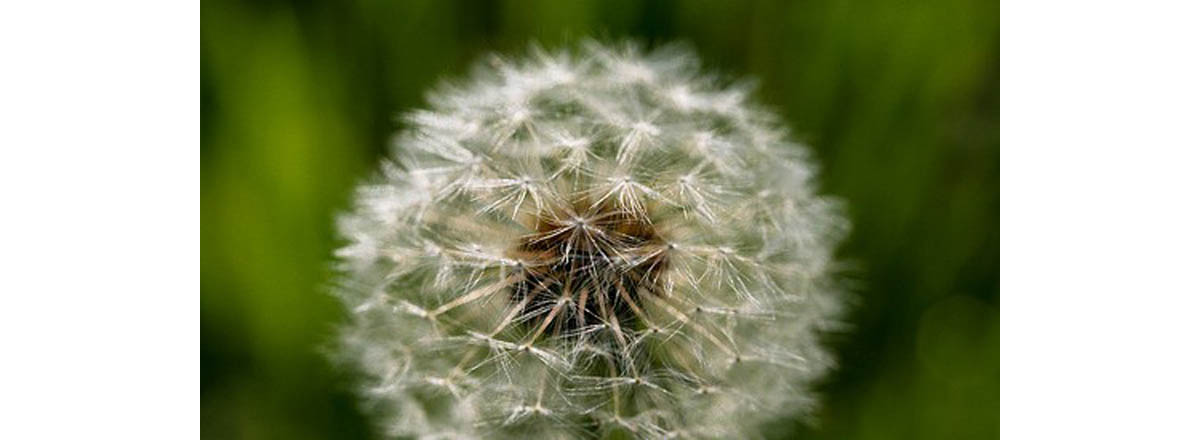Table of Contents
When the intense pressure pain of sinusitis strikes, it is only natural to reach for a neti pot or a nasal spray. But the best results in treating sinus problems are obtained by treating allergies and asthma at the same time. What do you need to know to maximizie the relief you get?

The Atopic March
Sinus problems usually start in childhood, as the fourth step in what some pediatricians call the atopic march. Atopic diseases are an overreaction of the immune system to substances that pose no inherent threat to the body.
There is not really any telling what triggers this overreaction to normally harmless substances, at least from a parent's perspective. There may be a genetic predisposition, or there may have been an exposure to a parasite, or there could be a failure of the infant's stomach acid to digest certain "tough" proteins in food, or perhaps some other factor was to blame.
Usually, the first manifestation of the atopic march in infants is eczema — the reddening, peeling, and drying of the skin that causes itch and inflammation and predisposes the skin to infection. Diaper rash isn't the same as eczema. There would be skin problems even in cases where the nappy isn't keeping the skin damp. After the first signs of eczema manifest, the child may develop allergies or asthma, and along with allergies and asthma, there may also be sinus problems.
The sinuses are uniquely prone to inflammation because they are encased in bone and their openings are so small. Anything that irritates the sinuses builds up pressure fast, and draining mucus and dead cells is impossible when the sinuses are plugged. Stopping the allergic reactions that plug up the sinuses, however, allows them to rid themselves of potential infections, thereby reversing the process of sinus disease.
Links Between the Upper and Lower Respiratory Tracts
Why should asthma cause sinusitis, or sinusitis cause asthma, or allergies cause both? Scientists have come to believe that all three diseases share a common causative mechanism. There is a nasal-bronchial reflex reaction that causes tightness in the chest when some foreign agent, like pollen, triggers sneezing. The production of eosinophils, white blood cells that specialize in neutralizing parasites, in the lungs or stomach releases inflammatory cytokines in the nasal passages.
And people who have allergies or hay fever (allergic rhinitis, medically speaking) are especially predisposed to developing nasal polyps that may keep the sinuses blocked year-round.
- Caimmi D, Marseglia A, Pieri G, Benzo S, Bosa L, Caimmi S. Nose and lungs: one way, one disease. Ital J Pediatr. 2012 Oct 25. 38:60. doi: 10.1186/1824-7288-38-60. Review.
- Wilson NW, Hogan MB, Harper CB, Peele K, Budhecha S, Loffredo V, Wong V. Sinusitis and chronic cough in children. J Asthma Allergy. 2012. 5:27-32. doi: 10.2147/JAA.S31874. Epub 2012 Jul 3.
- Photo courtesy of 65047661@N00 on Flickr: www.flickr.com/photos/65047661@N00/4603767590
- Photo courtesy of woahlindsa on Flickr: www.flickr.com/photos/woahlindsay/3733812418


Your thoughts on this